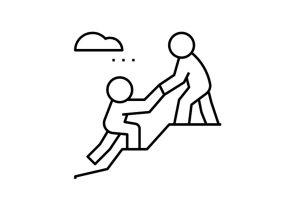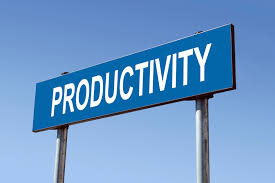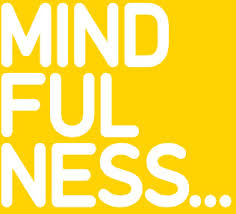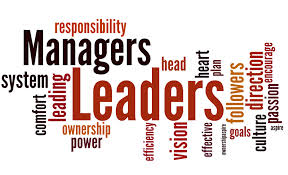Don’t take longer than the next man to get where you want to get to!
Everybody should have a mentor, someone who offers experience, wisdom, guidance, and encouragement, and demonstrates superior leadership. Why struggle to work everything out for yourself? Why learn from your own mistakes when you can learn from somebody else’s? Why take ages doing everything the long way round when you can skip a lot of mistakes by listening to somebody who has already made them?
A survey of Fortune 500 CEO’s found that 75% cited mentoring as one of the top three key factors in their career.
‘Mentoring is a brain to pick, an ear to listen, and a push in the right direction.’ by John Crosby.
HOW TO FIND MENTORS
First of all find the right fit for you. Think about where you are in life and where you want to go. What do you want to learn? Determine the what characteristics / personality traits will inspire you? Choose somebody who is at least 10 times more successful in your field than you are.
Pay for the mentor if you have to. Most likely you will be able to find a mentor who will help you for free. Maybe you could swap / trade professional services with them and help each other.
Be willing to commit for the long term. The longer a mentoring relationship lasts the more successful it will be. There’s not a lot you can learn from 3 or 6 months of seeing someone once a month. The true value comes in long relationships where you really get to know one another and become true supports and most likely long term friends.
Great mentors can be found in all kinds of places and most likely outside of your current workplace. Looks at business associations in your area, non-profit organisations, your college or university within your family, family friends and your personal network. Remember the concept of 7 Degrees of Separation. All living things and everything else in the world are six or fewer steps away from each other. A chain of ‘a friend of a friend’ statements can be made to connect to anyone else in just six steps. Look to your personal network, talk to people and see where it takes you. You could easily find that in no time you are connected to somebody extremely successful in your field who could help you enormously.
WHERE TO FOLLOW KEY INFLUENCERS
As well as finding one or perhaps two or three mentors each with different skills and experience there are what are now known as key influencers to learn from. These people are at the very top of their field, the créme de la créme and are writing and sharing their thoughts and ideas around all kinds of topics writing articles on linkedin pulse. Articles about family, business, politics, social, workplace, leadership, personal development. Here you can follow the likes of Bill Gates, Angela Ahrendts, Liz Ryan and Mohamed El-Erian.
Linkedin – linkedin isn’t just a place to share your cv and connect with people you’ve worked with or want to work with. Check out Linkedin Pulse where influential thought leaders share their thoughts and ideas on various topics. https://www.linkedin.com/pulse/feed/channel/leadership_and_management
10 Thought Leaders You Need to Follow Now – https://www.inc.com/the-muse/10-best-linkedin-influencers-you-should-follow-today.html
Here is a beginners guide to learning to be a publisher yourself on linkedin https://blog.hubspot.com/marketing/linkedin-publishing-beginner-guide
‘I seem to arrive more firmly at the conclusion that my own life struggle has had meaning only because, dimly and perhaps incoherently, it has sought to achieve the supreme objective of ensuring that each of us, without regard to race, colour, gender or social status, could have the possibility ‘To Reach For The Sky’ ‘
Nelson Mandela









